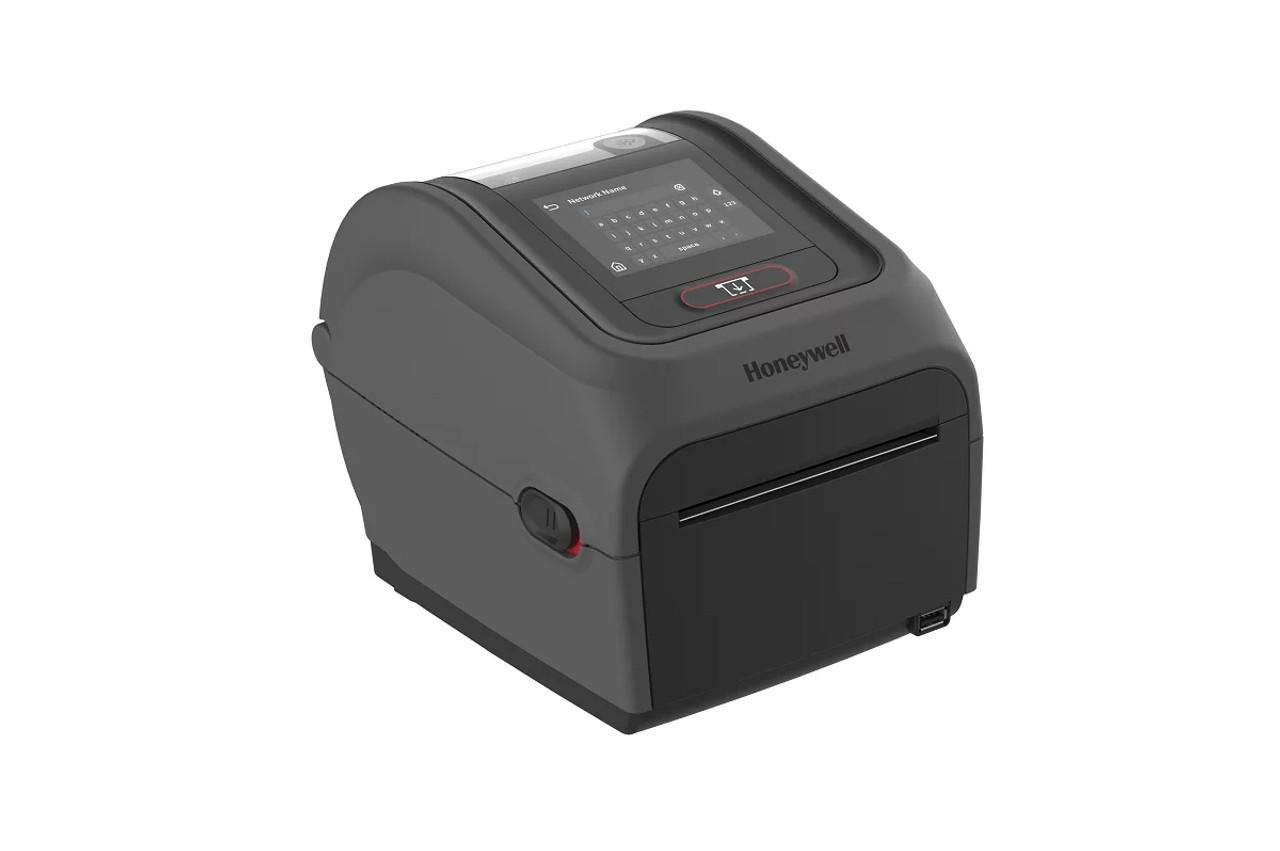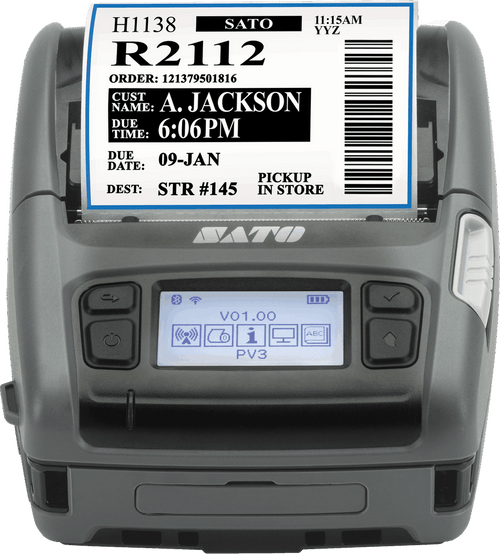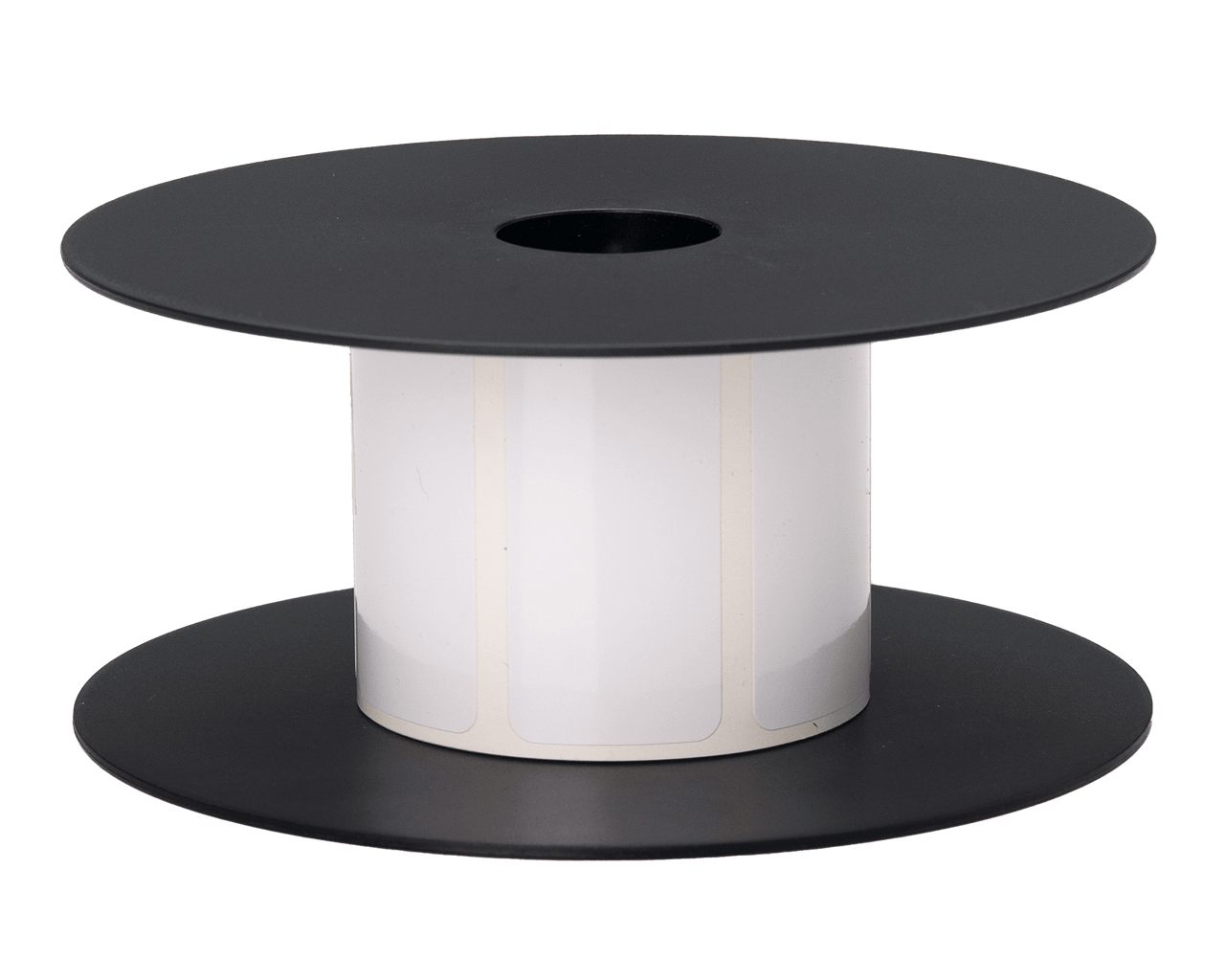How To Choose Between Direct Thermal and Thermal Transfer Label Printing?
7th May 2025
When it comes to labeling solutions, choosing the right printing technology can directly affect your business's efficiency, cost-effectiveness, and overall output quality. For many industries, the two most common label printing methods are Direct Thermal and Thermal Transfer. While both technologies fall under the thermal printing umbrella and often use similar hardware, they differ significantly in how they operate and the types of labels they produce.
Understanding the pros, cons, and ideal applications of each method is essential for businesses looking to invest in the right equipment. Whether you're labeling products, shipping items, or managing inventory, this guide will help you determine the best fit for your unique requirements.
What Is Direct Thermal Printing?

Direct thermal printing is a heat-based printing method that uses chemically treated label material. When the thermal printhead heats specific areas of the label, the material turns black in those spots, creating text or images. No ink, ribbon, or toner is required.
Key Features:
- Requires direct thermal labelstock
- No ink or ribbon needed
- Simpler mechanism and maintenance
Pros:
- Cost-effective:Lower upfront costs due to the absence of ribbons or ink.
- Low maintenance:Fewer moving parts mean less maintenance and downtime.
- Compact hardware:Ideal for tight workspaces and mobile printing applications.
- Environmentally friendly:Fewer consumables used compared to thermal transfer printing.
Cons:
- Shorter lifespan:Labels are more prone to fading over time, especially when exposed to light, heat, moisture, or abrasion.
- Material sensitivity:Labels can darken if scratched or rubbed.
Ideal Applications:
- Shipping and logistics labels
- Retail barcodetags
- Temporary labels
- Receiptprinting
- Food labeling (short-term use)
What Is Thermal Transfer Printing?
Thermal transfer printing also uses a heated printhead, but instead of reacting directly with the label material, it transfers ink from a ribbon onto the label surface. The ribbon is made of wax, resin, or a combination, and is selected based on durability requirements.
Key Features:
- Uses a ribbon to transfer ink onto the label
- Compatible with various label materials (paper, polypropylene, polyester, etc.)
Advantages:
- Long-lasting results:Produces durable labels that resist moisture, heat, chemicals, and abrasion.
- Versatile media support:Works on a wide range of label materials, including synthetic stocks for harsh environments.
- Sharp, high-quality images:Ideal for branding, product identification, and compliance labeling.
Limitations:
- Higher operating costs:Requires ribbons and compatible label materials.
- More complex setup:Ribbon and media changes add time to the workflow.
- Bulkier equipment:Often larger due to the ribbon mechanism.
Ideal Applications:
- Asset tracking
- Chemical drum labeling
- Medical and laboratory labeling
- Outdoor labeling
- Long-term product and inventory labeling
Factors to Consider When Choosing a Label Printing Method

1. Label Lifespan
Ask yourself: How long does the label need to last?
- If you need short-term labels (a few days to a few weeks), direct thermal labelis a cost-effective choice.
- For labels that must endure months or years (especially in harsh conditions), thermal transfer labelis the better option.
2. Environmental Exposure
Think about the conditions that the label will be exposed to.
- Direct thermal labelsmay fade or deteriorate in sunlight, heat, or moisture.
- Thermal transfer labelsare designed to withstand a wide range of environmental challenges, making them suitable for outdoor or industrial use.
3. Label Appearance and Brand Image
Will customers see your labels? Do you need color or crisp graphics?
- Thermal transfer allows for cleaner, sharper prints with high-resolution capabilities, ideal for product labels or branding.
- Direct thermal is sufficient for internal use where aesthetics are less important.
4. Volume and Cost Considerations
Do you print in high volumes or have tight budgets?
- Direct thermal printinghas a lower cost per label for short-term applications.
- Over time, thermal transfer may offer better ROIif durability prevents the need for frequent reprints.
5. Label Material Compatibility
Consider the type of label materials you need.
- Direct thermal is mostly limited to paper-based materials.
- Thermal transfer works with paper, synthetic, and specialty materials, giving you more flexibility.
6. Regulatory or Compliance Requirements
Do you need UL, CSA, or GHS-compliant labels? These standards often require durable labels only possible through thermal transfer printing.
7. Label Size and Print Speed
How fast do you need labels printed? Are your labels large or small?
- Both methods support fast printing, but thermal transfer printerssuch as SATO CL424NX may offer more consistent print quality at higher speeds.
- Direct thermal printersare great for compact label sizes commonly used in retail or logistics.
Common Use Cases: Direct Thermal vs Thermal Transfer

Let’s take a closer look at scenarios where each method shines:
Direct Thermal Use Cases
- Shipping and Warehousing:Print shipping labels with barcodes and tracking information for packages.
- Retail Point-of-Sale:Print price tags, shelf labels, and receipts instantly.
- Short-Term Food Labeling:Perfect for deli items or bakery products with limited shelf life.
- Ticketing and Events:Event tickets, wristbands, and passes for short-term identification.
Thermal Transfer Use Cases
- Manufacturing Labels:Parts identification, compliance labeling, and warning labels.
- Pharmaceuticals:Long-term medical labels that need to remain legible and adhere to regulatory standards.
- Outdoor Applications:Durable labels for equipment, signage, or outdoor storage bins.
- Asset Tracking:Property tags or inventory barcodes that stay readable for years.
Label Printer and Ribbon Considerations
If you choose thermal transfer printing, you’ll also need to select the appropriate ribbon type based on your label material and durability requirements:
1. Wax Ribbons 
The most cost-effective option, typically used for printing on paper labels. They offer moderate durability, making them suitable for general-purpose labeling where exposure to moisture, heat, or chemicals is minimal. Wax ribbons are generally 100% wax ink formulations and some are titled resin enhanced which may have 1% resin added to them to give them greater durability.
2. Wax-Resin Ribbons
Provide a higher level of durability than wax alone and are well-suited for coated papers and synthetic label materials. They offer enhanced resistance to smudging, scratches, and mild chemicals, making them ideal for more demanding environments such as retail, healthcare, or warehouse settings. Wax-resin ribbons are generally 50% wax and 50% resin ink formulation.
3. Resin Ribbons
These are designed specifically for use with synthetic labels. They provide excellent resistance to heat, chemicals, abrasion, and environmental conditions, making them ideal for applications in industrial, chemical, and outdoor environments where labels must remain intact and legible for long periods. Resin ribbons are generally 100% resin ink formulation. There are different types of resin inks for high temperature, oils and chemical environments.
Hybrid and Dual-Mode Printers
Some businesses may benefit from dual-mode printers that support both direct thermal and thermal transfer methods. These versatile machines allow users to switch between modes based on application.
Benefits of Hybrid Printers:
- One device for multiple labeling needs
- Future-proofing as your labeling requirements evolve
- Space-saving if replacing two separate machines
While hybrid printers come at a slightly higher cost, their flexibility often makes them a smart investment for growing operations.
Maintenance and Longevity

Both thermal printing methods require care to ensure optimal performance.
Direct Thermal Maintenance:
- Periodically clean the printhead
- Avoid label material buildup
- Replace worn rollers
Thermal Transfer Maintenance:
- Regular printhead cleaning
- Ribbon alignment and tension checks
- Monitor ribbon sensor calibration
With proper care, thermal printers can last for years—even in high-volume environments.
Real-World Comparison: Choosing the Right Fit
Consider a logistics company that ships thousands of packages daily. The need for temporary shipping labels makes direct thermal shipping labels a practical, low-cost solution.
Now, contrast that with a manufacturer producing electrical components. Compliance labels, part numbers, and serial numbers must remain readable for years under harsh conditions. Here, thermal transfer printing is essential.
For businesses handling both short- and long-term labeling, dual-mode printers offer the best of both worlds — combining affordability with adaptability.
Simplify Your Choice with DuraFast Label Company
Selecting the best label printing method doesn’t have to be overwhelming. Whether you prioritize cost, durability, compliance, or flexibility, understanding the difference between direct thermal and thermal transfer printing can guide your decision.
At DuraFast Label Company, we offer a wide range of premium top-coated and non-top-coated direct thermal labels for sale, custom thermal transfer labels, and SATO printer ribbons tailored to your unique needs. Our expert team can help you assess your requirements and choose the right printer for your business.
Contact us today for personalized recommendations that maximize your labeling efficiency and ROI.
